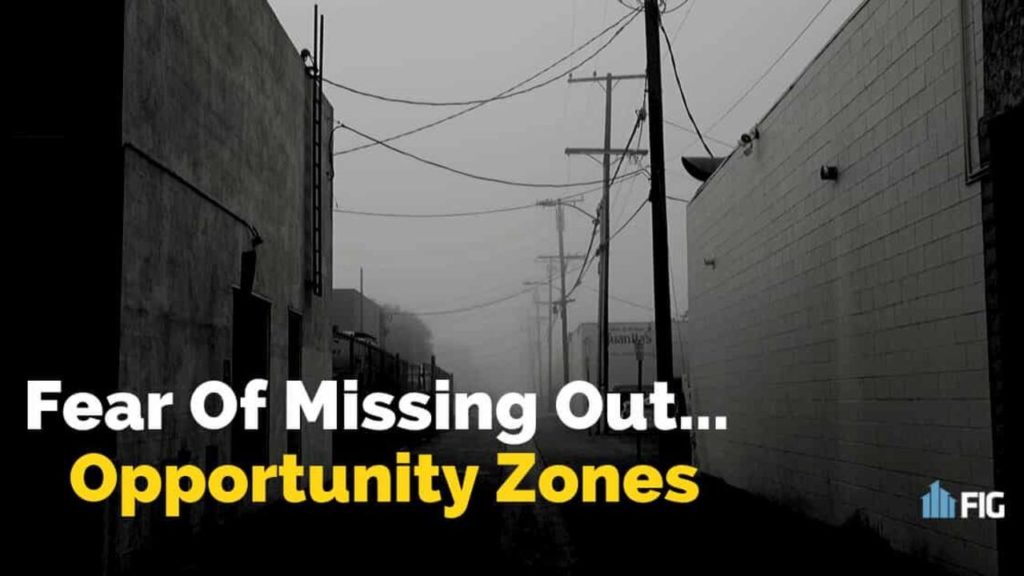
Those of us looking for opportunities to take advantage of capital gains tax credits have had our eyes set on the Tax Cuts and Jobs Act of 2017 since news first broke out.
Within Federal Opportunity Zones lies an opportunity to seize substantial tax benefits. These incentives stem from the government’s desire for investors to help support specific low-income areas throughout the U.S. These areas are identified and chosen by the governor of each state.
(Wondering what FIG is doing about opportunity zones? Schedule a time to chat: fig.us/consult)
Why Invest In Opportunity Zones?
“If the investor holds the investment in the Opportunity Fund for at least ten years, the investor would be eligible for an increase in its basis equal to the fair market value of the investment on the date that it is sold.” – Dept of Treasury
There still remains some confusion around the classifications/requirements of opportunity zones. Being a newer tax law, transparency will likely take time to settle into place. Many legal and tax advisors are still wrapping their heads around this and what it means. We interviewed Attorney and CPA, Mark Kohler about opportunity zones. You can listen to the interview here.
According to BiggerPockets,
Experts suggest Opportunity Zones likely to perform will be near:
- Areas that have experienced rapid population growth and neighborhood improvements in recent years
- Public transportation or where expanded transportation is being added
- Areas that have very expensive housing
- Areas experiencing an affordability crisis
- Major employment hubs and job centers
- Areas experiencing rapid business growth
Where to Start?
We understand that the hardest step is usually the first. For those of you with Opportunity Zone FOMO, don’t worry. We’d be happy to chat, get you in touch with the right people, and help you capitalize on this new tax advantage. Schedule a free consultation with our team at fig.us/consult and check out our current inventory in Texas, Idaho, Utah, and Arizona
